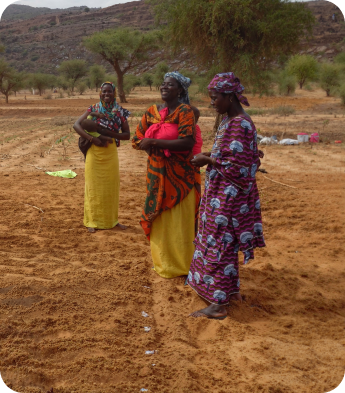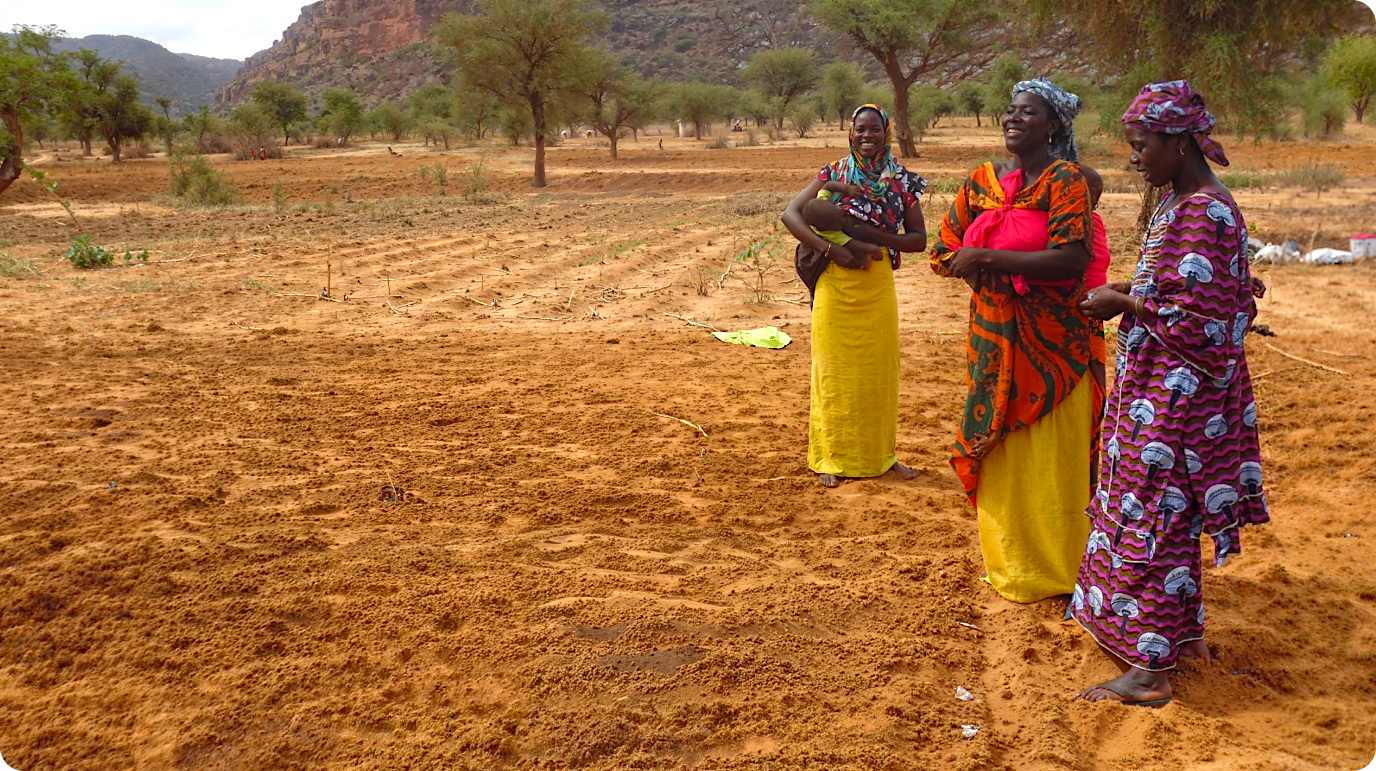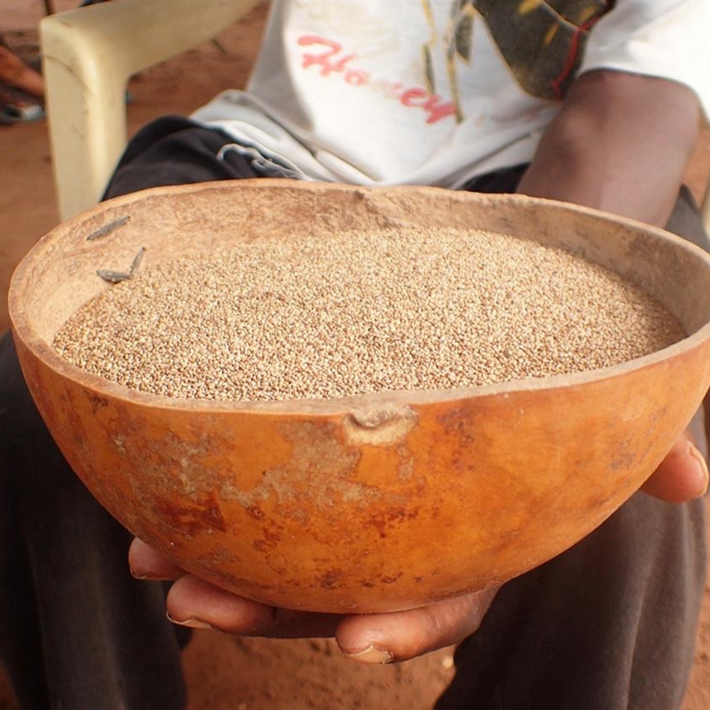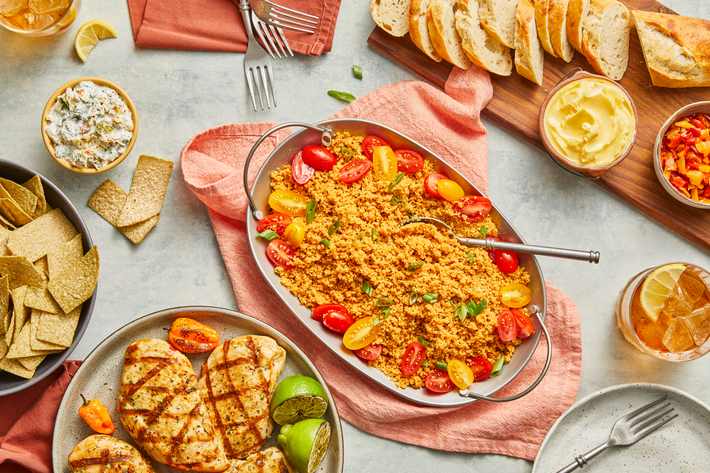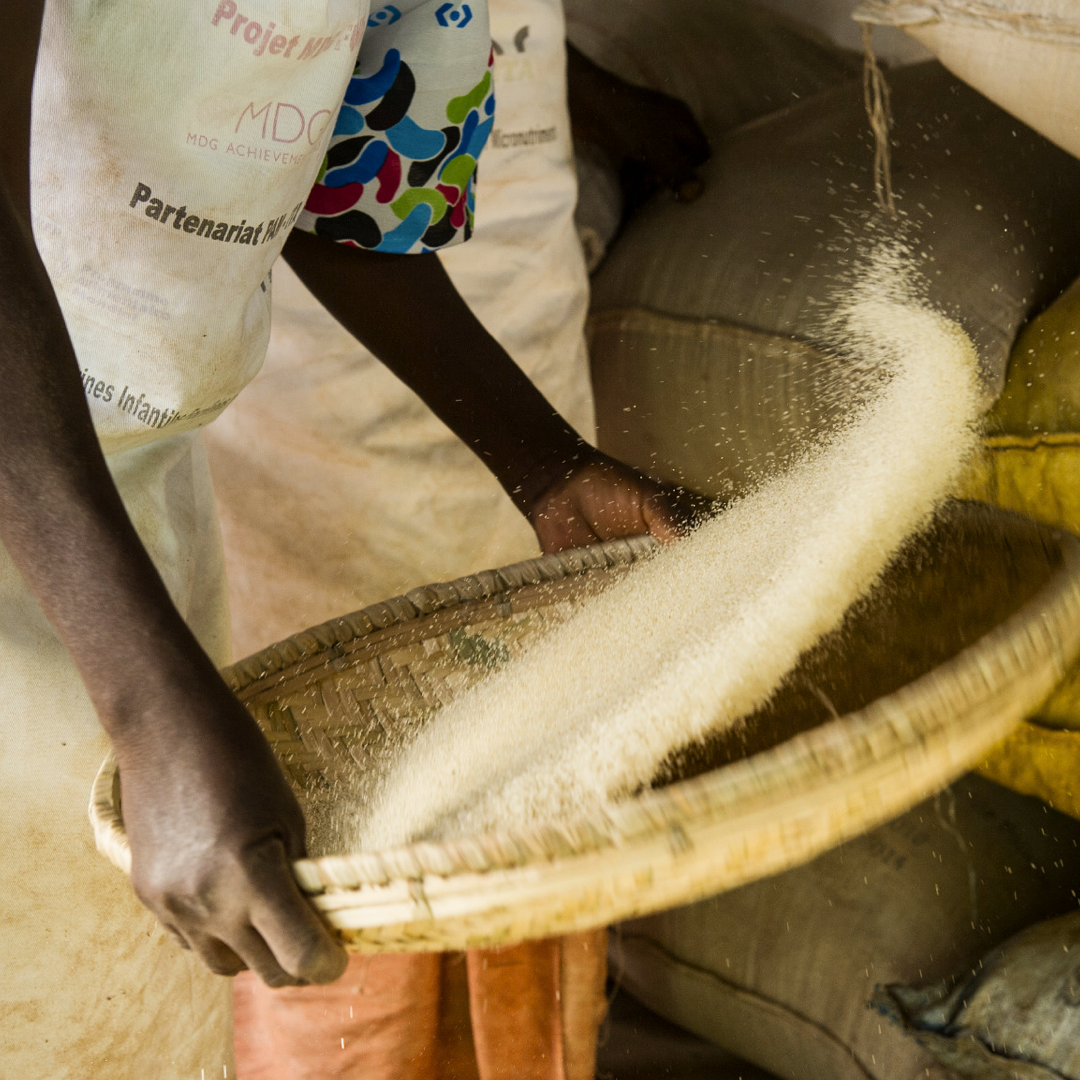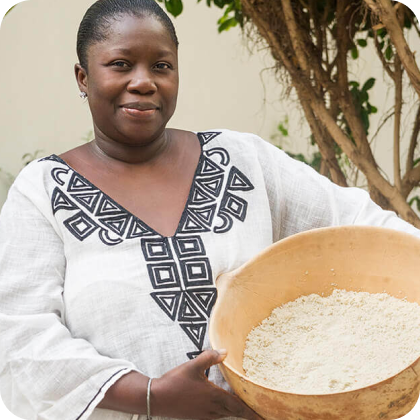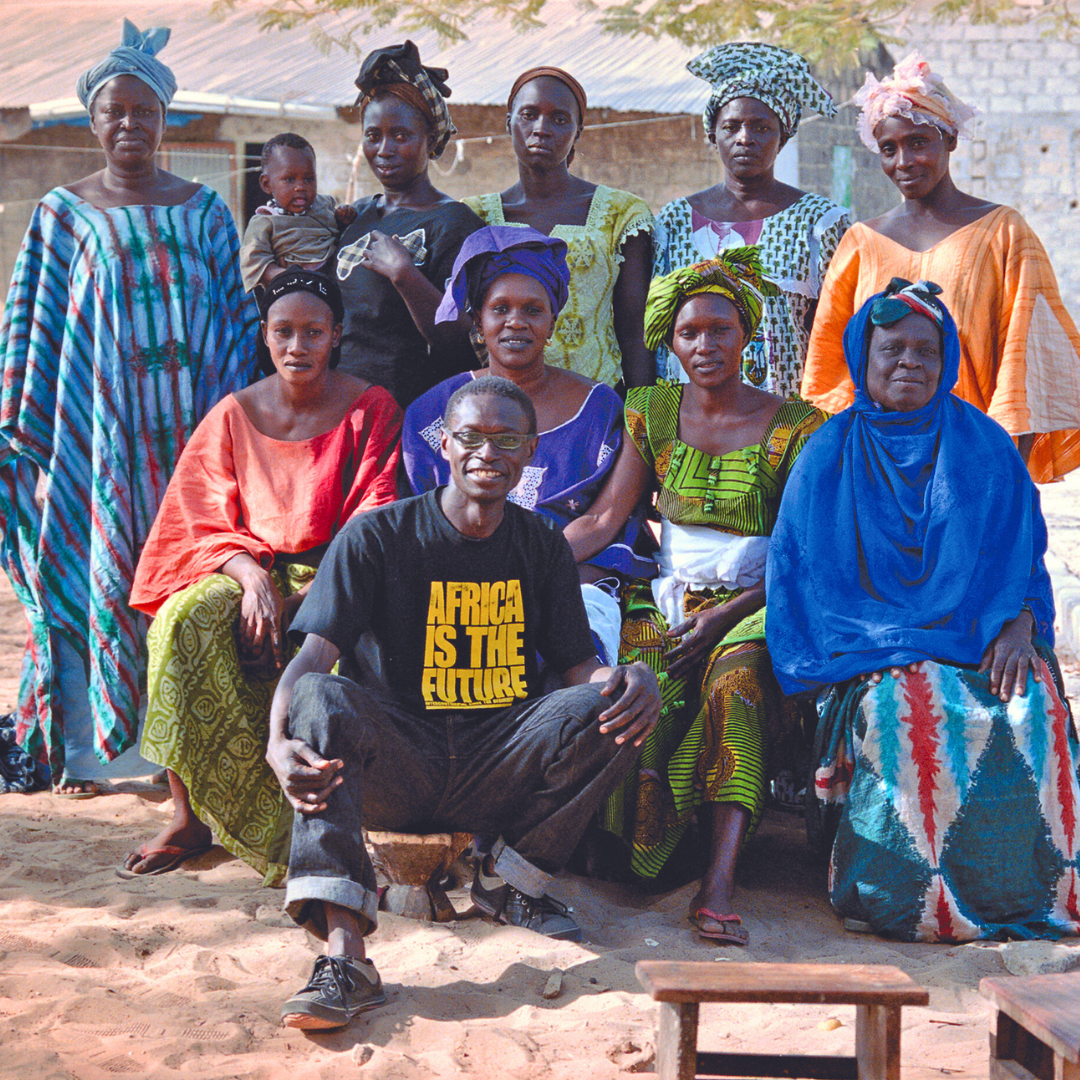Meet Fonio
This nutritious ancient grain has been celebrated across West Africa for more than 5,000 years (for good reason). From grain bowls to veggie burgers, fonio soaks up sauces and spices beautifully, turning every meal into a vibrant celebration. Interested in bulk fonio for industry? We've got you covered. Click here for more info.
The Seed of the Universe
Fonio is the oldest cultivated grain in Africa, dating back over 5,000 years. Fonio has even been found entombed in ancient Egyptian pyramids. According to the cosmogony of the Dogon people of Mali, the whole universe was born from a fonio seed— the tiny grain at the root of all existence.
Tiny Grain, Big Impact
While we’re huge fans of what fonio can do in the kitchen, we’re even bigger fans of what it does for communiites.

Economic
opportunity
We work with smallholder farmers, mainly women, to connect them with local and global markets.
learn more

Environmental sustainability
Fonio flourishes in the arid Sahel region, providing local farmers a drought-tolerant, sustainable and reliable harvest year after year.

Improved food
security
Consistent crop yields help increase food sovereignty throughout the region.
LEARN MORE
